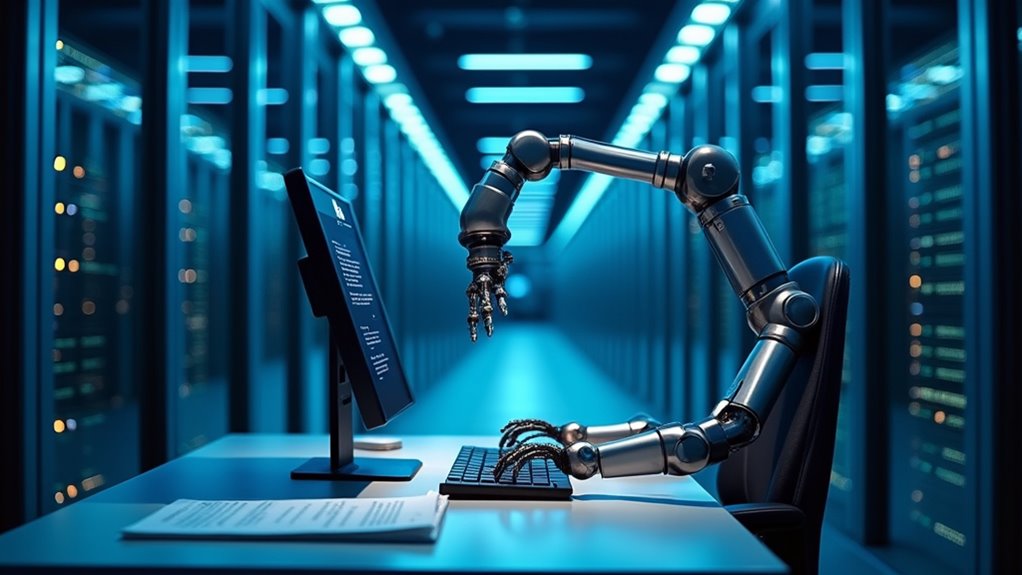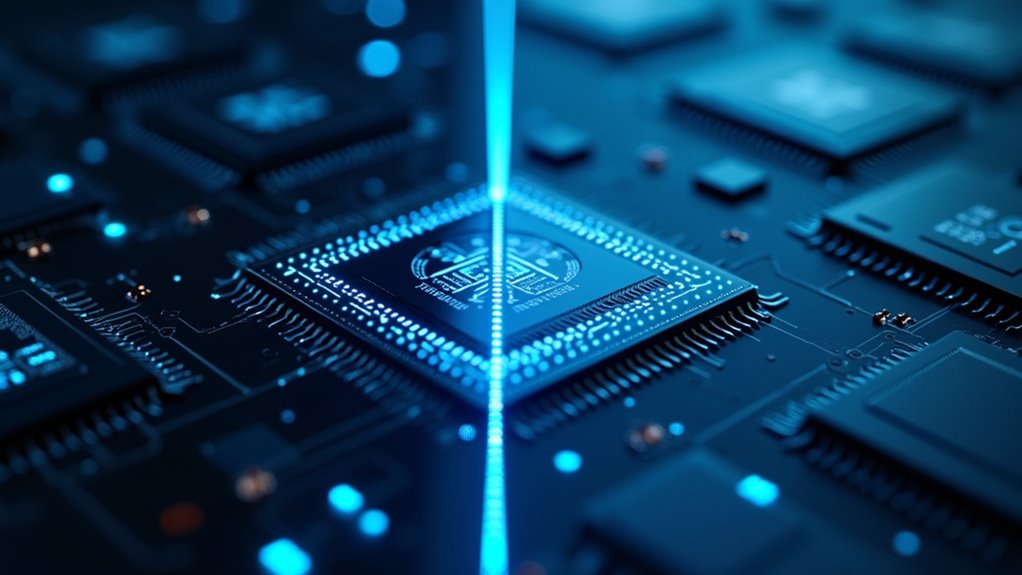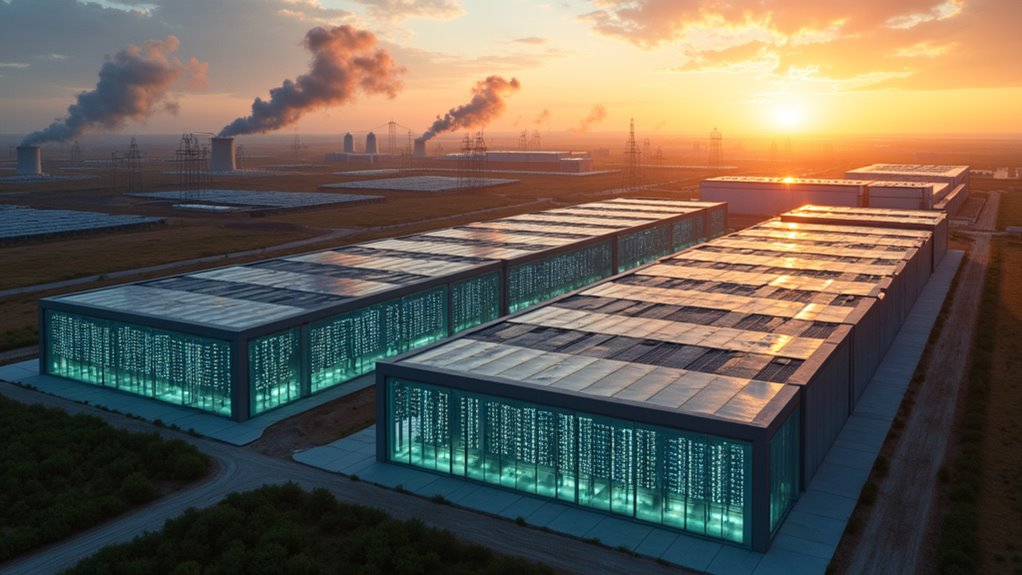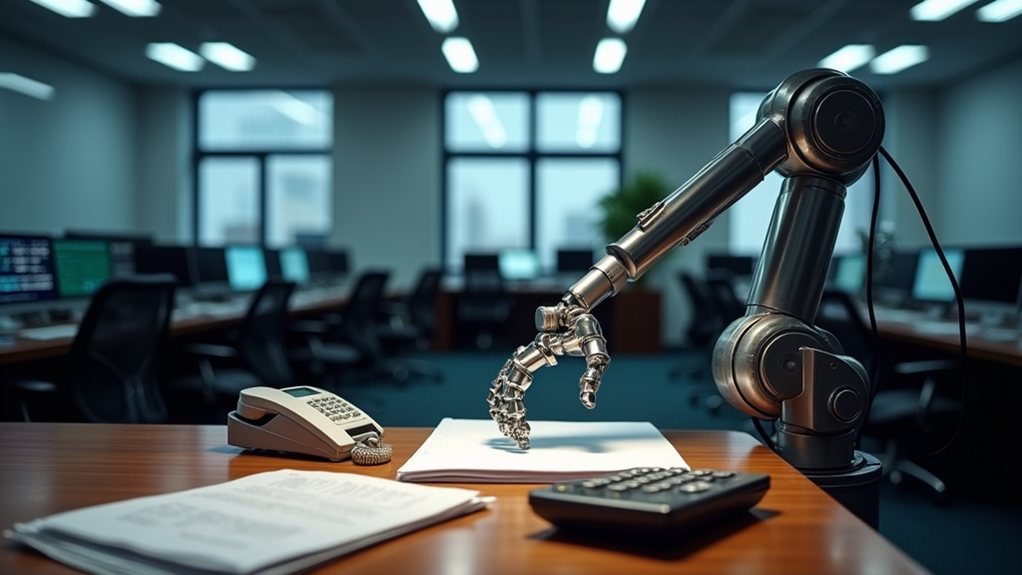Intel’s manufacturing mess is starting to look like LA traffic at rush hour, while TSMC flexes its new A14 fab and pulls ahead with serious style. Intel’s stuck patching up old processes, still scrambling over 7nm woes as AMD and Nvidia zoom by in the cloud and AI lanes. Leadership shakeups, AI misfires, and those pesky supply chain gremlins aren’t helping either. Want the scoop on how—or if—Intel can catch up before the next turn?
How did Intel, once the undisputed king of silicon, find itself scrambling to keep pace in its own backyard? Well, the story isn’t pretty. Intel’s manufacturing headaches—think the infamous 10nm-to-7nm stumble—let AMD swoop in and grab a chunk of the CPU pie, thanks to TSMC’s turbocharged fabs.
Meanwhile, Intel’s rivals have been running on TSMC’s 7nm tech like it’s the Autobahn, while Intel’s own roadmap has felt more like LA traffic at rush hour.
Let’s be blunt: AMD’s Ryzen and EPYC chips, built by TSMC, are now the darlings of cloud providers. They’re efficient, cost-effective, and, frankly, just work. Intel’s former death grip on the server market? Slipping.
AMD’s Ryzen and EPYC chips, powered by TSMC, have become the go-to choice for cloud providers while Intel’s dominance fades.
Nvidia, meanwhile, is eating everyone’s lunch in the AI cafeteria with GPUs that seem custom-built for tomorrow’s workloads. Intel’s missed out on this AI gold rush, lagging in both AI and GPU innovation.
- Strategic missteps? Oh, plenty.
- Slow to jump into AI and GPUs.
- Product diversification? Not enough.
- Partnerships and investments? Meh returns, so far.
Leadership shakeups haven’t helped. The revolving door of execs has left Intel without clear direction or consistent strategy—never a good sign when your competitors are sprinting ahead. The lack of industry leadership and expertise at key inflection points has made it harder for Intel to anticipate and respond to rapid market shifts.
The absence of a grand, forward-focused vision has sapped the company’s edge in a market where resting on your laurels is a sure way to get trampled. Apple’s transition from Intel to its own M1 silicon not only showcased a loss in a major partnership but also demonstrated how far behind Intel had fallen in both performance and efficiency.
And don’t get started on technological innovation. TSMC’s new A14 fab is about to raise the stakes, and Intel’s 18A process isn’t even out of the garage yet—mid-2025, maybe.
Supply chain headaches add more drama: global disruptions, raw material shortages, and the geopolitical tension soup.









